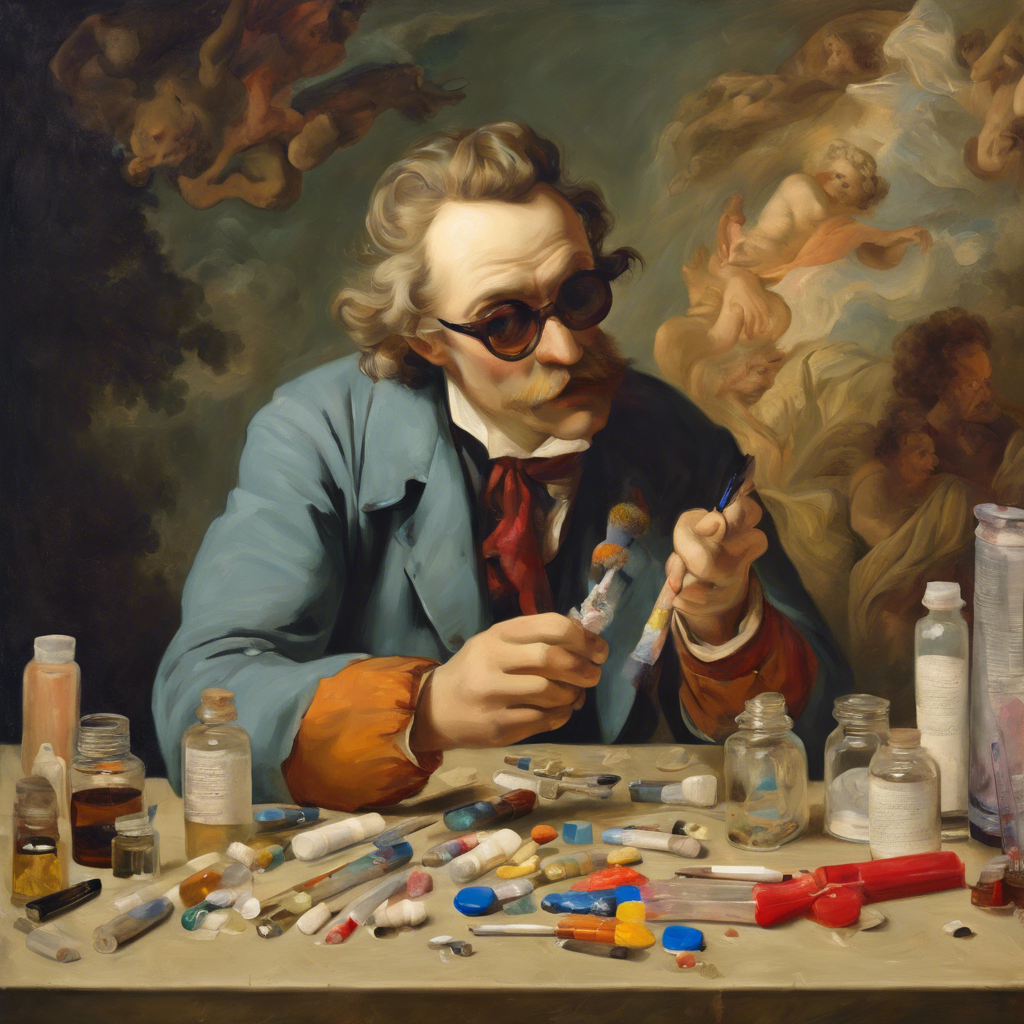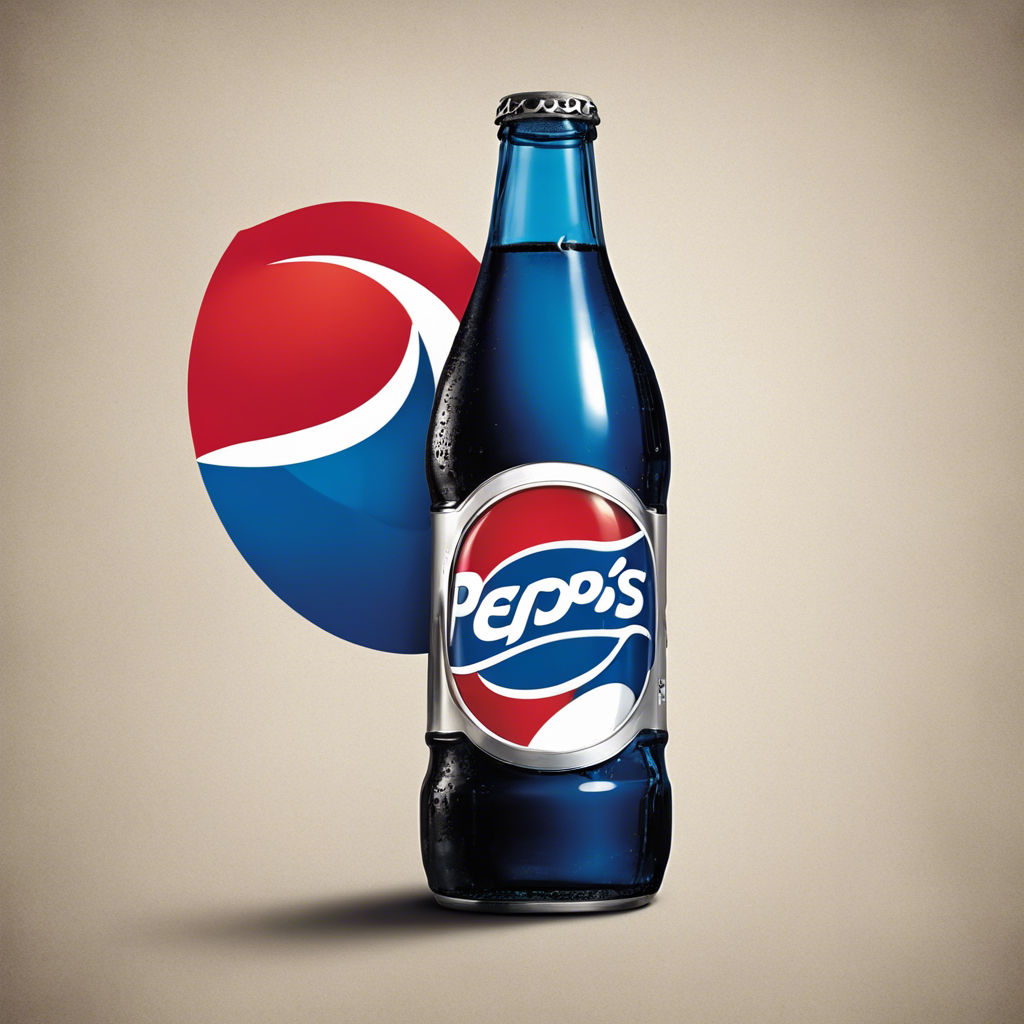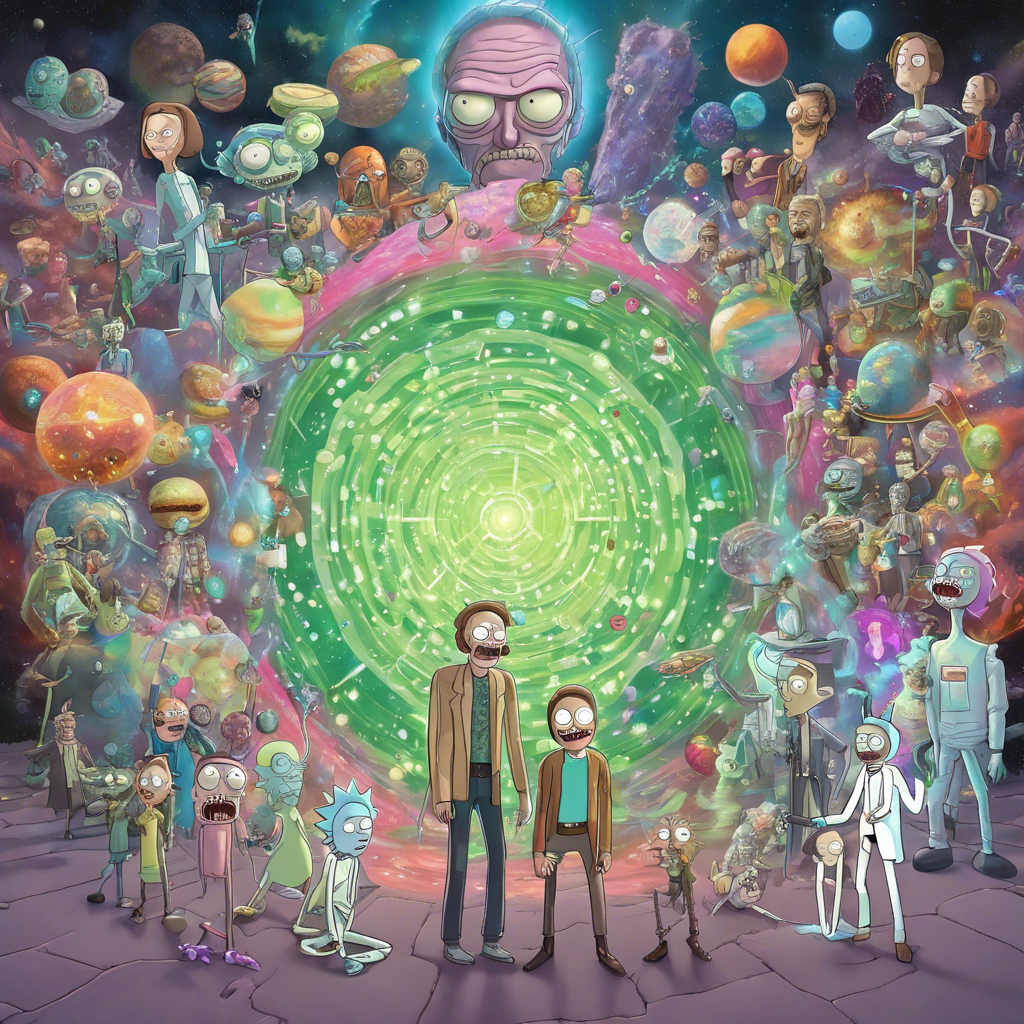The Influence of Drugs on Artistic Masterpieces

Exploring the Role of Drugs in the Creation of Iconic Works of Art
The relationship between drugs and creativity has long been a subject of fascination and debate. From the Beatles’ experimentation with LSD to Hunter S. Thompson’s drug-fueled writing, the influence of substances on artistic masterpieces cannot be denied. In this article, we delve into the world of drugs and explore how they have shaped some of the most revered works of art in history.
The Beatles and Sgt. Pepper’s Lonely Hearts Club Band
The Beatles’ iconic album, Sgt. Pepper’s Lonely Hearts Club Band, is often hailed as the greatest album ever made. During its recording, the band members were known to indulge in weed, LSD, and cocaine. John Lennon later developed a heroin addiction. Despite their drug use, the album remains a timeless masterpiece.
Marvin Gaye’s What’s Going On
Marvin Gaye’s What’s Going On is considered one of the greatest albums of all time. The socially conscious record was created while Gaye and his team were under the influence of copious amounts of marijuana. The smoky atmosphere in the studio is said to have contributed to the album’s unique sound.
Withnail & I – The Drunkest Movie Ever Made
Withnail & I, a cult classic film, vividly portrays the experience of being drunk. The movie was created by director Bruce Robinson, who drew inspiration from his own experiences with alcoholism. Roger Ebert, a renowned film critic, described it as a film that captures the essence of drunkenness.
Easy Rider and the Highs of Filmmaking
Easy Rider, a countercultural film that epitomized the 1960s, was made amidst a haze of drugs. Dennis Hopper and Peter Fonda, the film’s stars and co-writers, were so desperate for cocaine during production that they allegedly snorted an executive’s deceased wife’s ashes. The film’s drug-fueled atmosphere contributed to its raw and rebellious energy.
Jack Kerouac’s On the Road
Jack Kerouac’s On the Road, a seminal work of the Beat Generation, was written in a mere three weeks. Kerouac fueled his writing marathon with a mix of cigarettes, coffee, booze, benzedrine, and even pea soup. The novel’s frenetic pace and spontaneous prose are reflective of Kerouac’s drug-infused writing process.
Hunter S. Thompson’s Fear and Loathing in Las Vegas
Fear and Loathing in Las Vegas, a gonzo-style novel by Hunter S. Thompson, is a wild and drug-fueled journey through the heart of American excess. Thompson’s detailed account of the drugs he consumed while writing the book, including grass and mescaline, has become legendary. The novel’s chaotic narrative mirrors the author’s drug-induced state.
Kurt Cobain and the Creation of Nevermind
Kurt Cobain, the frontman of Nirvana, battled heroin addiction while writing and recording the band’s breakthrough album, Nevermind. Despite his personal struggles, Cobain produced one of the most influential albums of the 1990s. The raw emotion and introspection in the music resonated with a generation.
Keith Richards and the Rolling Stones’ Exile on Main St.
During the recording of Exile on Main St., the Rolling Stones’ legendary guitarist Keith Richards was found passed out with a needle in his arm. Despite his drug use, Richards managed to continue playing after being awakened. The album’s gritty sound and rebellious spirit are a testament to the band’s drug-fueled creativity.
Jean-Michel Basquiat’s Artistic Journey
Jean-Michel Basquiat, a renowned artist of the 1980s, created a vast body of work while battling drug addiction. His excessive cocaine use led to a hole in his septum, and an accidental heroin overdose ultimately claimed his life. Basquiat’s art, filled with raw emotion and social commentary, continues to fetch millions at auctions.
The Chronic’s Place in the Library of Congress
Dr. Dre’s album, The Chronic, is not only a landmark in hip-hop but also a part of the Library of Congress. While there are albums that are arguably more drug-infused, the inclusion of The Chronic in such a prestigious institution speaks to its cultural significance.
Conclusion:
The intertwining of drugs and art is a complex and controversial topic. While some argue that drugs enhance creativity, others caution against the dangers and negative consequences associated with substance abuse. Regardless of one’s stance, it is undeniable that drugs have played a significant role in shaping some of the most revered artistic masterpieces in history. The allure of altered states of consciousness continues to captivate artists, pushing boundaries and challenging societal norms. As we navigate the ongoing dialogue surrounding drugs and creativity, we must consider the complex relationship between substance use and the artistic process.









